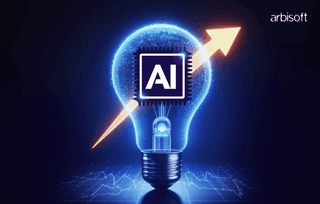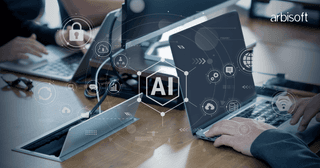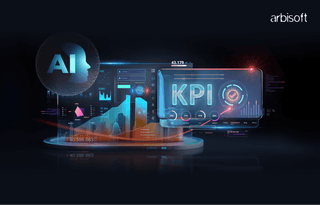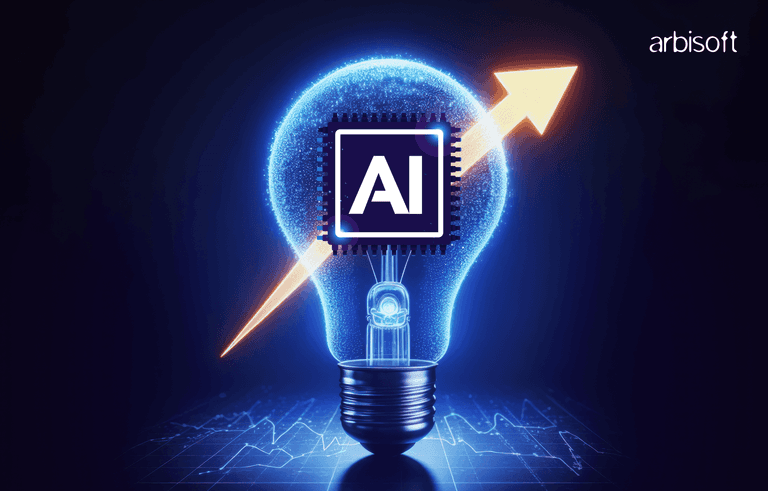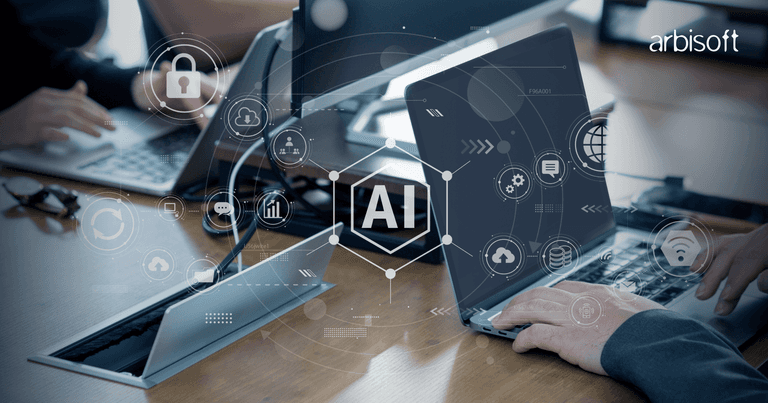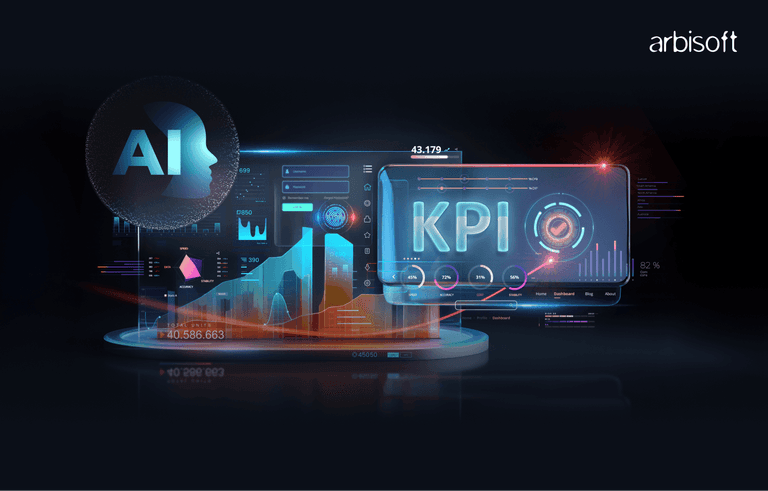We put excellence, value and quality above all - and it shows




A Technology Partnership That Goes Beyond Code

“Arbisoft has been my most trusted technology partner for now over 15 years. Arbisoft has very unique methods of recruiting and training, and the results demonstrate that. They have great teams, great positive attitudes and great communication.”
How to Get Real ROI from an AI-Powered IDS in Production - IDS Series (Part 3)
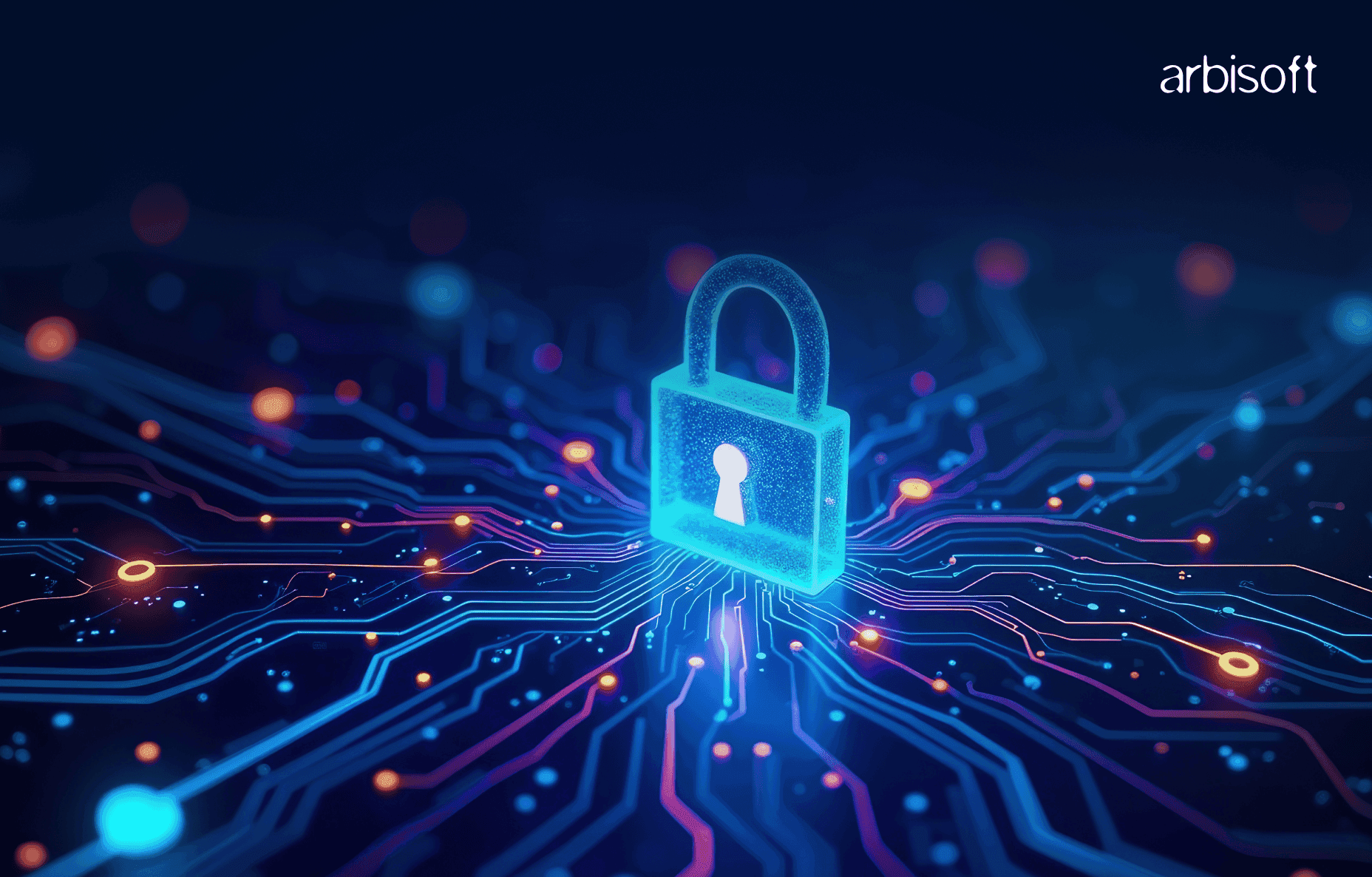
We saw the implementation of an IDS in the last part. You can build the perfect model, but if your deployment is a prayer and you can't justify the cost to your CFO, it's all for nothing.
This part? It’s the real stuff. The practices that keep you out of trouble, and the business case that actually gets approved. No fluff. Just how to make it work, and prove it.
Best Practices
Let me be blunt: most “best practices” lists are written by people who’ve never had to clean up a real incident at 2 am. Here’s what I actually do (and what’s saved my skin more than once):
Data Management:
- Don’t trust your data. Always check for weird gaps, duplicates, or logs that just stop for no reason. I once lost a week to a silent SIEM outage.
- Mix in attack traffic from real pentests, not just canned datasets. The weirdest stuff always comes from your own network.
- If you’re not updating your training data every month, you’re already behind. Threats change faster than most teams retrain.
Model Development:
- Cross-validation is great, but I always do a “gut check” with a few hand-picked edge cases. If your model misses those, it’s not ready.
- Feature engineering is where you win. I keep a notebook of “strange but true” features I’ve seen work; like “number of failed logins after 2am.”
- If you can’t explain a model’s decision to a junior analyst, you’ll regret it during an audit.
Deployment:
- Never roll out a new model to 100% of traffic on day one. I always start with 5% and watch it like a hawk.
- Keep your old rules running in parallel for at least a month. I’ve seen “perfect” models miss the obvious because of a bad data feed.
- Monitor everything: latency, false positives, CPU, memory. The first time your model crashes at 3am, you’ll wish you had better alerts.
Security:
- Assume someone will try to poison your model or reverse-engineer it. I’ve seen attackers get creative.
- Log every decision, even the “boring” ones. It’s the only way to prove you did your job when something goes wrong.
- Don’t just check compliance boxes; actually read the requirements. Regulators are getting smarter.
Model Interpretability and Explainability
import shap
from lime import lime_tabular
class ExplainableIDS:
def __init__(self, model, feature_names):
self.model = model
self.feature_names = feature_names
self.explainer = shap.TreeExplainer(model)
def explain_prediction(self, sample, method='shap'):
if method == 'shap':
shap_values = self.explainer.shap_values(sample.reshape(1, -1))
explanation = {
'prediction': self.model.predict(sample.reshape(1, -1))[0],
'confidence': self.model.predict_proba(sample.reshape(1, -1))[0].max(),
'top_features': self.get_top_contributing_features(shap_values[0], 5)
}
return explanation
def get_top_contributing_features(self, shap_values, top_n=5):
feature_importance = list(zip(self.feature_names, shap_values))
feature_importance.sort(key=lambda x: abs(x[1]), reverse=True)
return feature_importance[:top_n]
def generate_investigation_report(self, sample):
explanation = self.explain_prediction(sample)
report = f"""
SECURITY ALERT ANALYSIS
=======================
Prediction: {'THREAT DETECTED' if explanation['prediction'] == 1 else 'BENIGN'}
Confidence: {explanation['confidence']:.2%}
Top Contributing Factors:
"""
for feature, importance in explanation['top_features']:
report += f"- {feature}: {importance:.3f}\n"
return reportContinuous Learning and Feedback Integration
class LearningIDS:
def __init__(self):
self.model = RandomForestClassifier()
self.feedback_buffer = []
self.retrain_threshold = 1000
def collect_analyst_feedback(self, prediction_id, analyst_verdict, confidence_score):
"""
Collect feedback from security analysts to improve model
"""
feedback = {
'prediction_id': prediction_id,
'model_prediction': self.get_stored_prediction(prediction_id),
'analyst_verdict': analyst_verdict,
'analyst_confidence': confidence_score,
'timestamp': datetime.now()
}
self.feedback_buffer.append(feedback)
# Trigger retraining if buffer is full
if len(self.feedback_buffer) >= self.retrain_threshold:
self.retrain_with_feedback()
def retrain_with_feedback(self):
"""
Incorporate analyst feedback into model training
"""
feedback_data = pd.DataFrame(self.feedback_buffer)
# Weight samples based on analyst confidence
sample_weights = feedback_data['analyst_confidence'].values
# Extract features and labels
X_feedback = np.array([f['original_features'] for f in self.feedback_buffer])
y_feedback = feedback_data['analyst_verdict'].values
# Retrain model with weighted samples
self.model.fit(X_feedback, y_feedback, sample_weight=sample_weights)
# Clear feedback buffer
self.feedback_buffer = []
print(f"Model retrained with {len(feedback_data)} feedback samples")Embrace the Human-AI Partnership
One critical insight that often gets overlooked: the most effective AI security systems don't replace human analysts; they make them dramatically more effective. I've seen implementations where analyst productivity increased by 400% not because the AI did their job, but because it eliminated the tedious false positives that were consuming 80% of their time.
The key is designing systems that amplify human intuition rather than trying to replicate it. Experienced security analysts have contextual knowledge and creative problem-solving abilities that no AI system can match. But they also have cognitive limitations and can be overwhelmed by the sheer volume of modern security data.
Build for Adversarial Environments
Unlike most AI applications, cybersecurity systems face intelligent adversaries actively trying to defeat them. This creates unique design requirements that many organizations underestimate. Your models need to be robust against attacks specifically designed to evade them.
This means incorporating adversarial robustness from day one, not as an afterthought. It also means building systems that can gracefully degrade when under attack, maintaining core functionality even when specific components are compromised.
ROI and Business Impact
While technical success is important, business success requires demonstrating clear value to stakeholders who may not understand the technical details but definitely understand financial impact. Here's how to make the business case for AI-powered cybersecurity.
Quantifying Security ROI
class SecurityROICalculator:
def __init__(self):
self.cost_factors = {
'false_positive_investigation': 150, # Cost per false positive
'missed_attack_average': 4200000, # Average cost of successful breach
'analyst_hourly_rate': 85, # Security analyst hourly cost
'system_downtime_hourly': 50000 # Cost of system downtime per hour
}
def calculate_annual_roi(self, ml_ids_metrics, traditional_ids_metrics):
# Calculate costs saved by reducing false positives
false_positive_savings = (
(traditional_ids_metrics['false_positives_per_year'] -
ml_ids_metrics['false_positives_per_year']) *
self.cost_factors['false_positive_investigation']
)
# Calculate value of prevented attacks
attack_prevention_value = (
ml_ids_metrics['attacks_prevented'] *
self.cost_factors['missed_attack_average']
)
# Calculate analyst productivity gains
time_saved_hours = (
traditional_ids_metrics['investigation_hours_per_year'] -
ml_ids_metrics['investigation_hours_per_year']
)
productivity_savings = time_saved_hours * self.cost_factors['analyst_hourly_rate']
# Calculate implementation costs
implementation_costs = ml_ids_metrics.get('implementation_cost', 500000)
annual_operating_costs = ml_ids_metrics.get('annual_operating_cost', 200000)
# Total ROI calculation
total_benefits = false_positive_savings + attack_prevention_value + productivity_savings
total_costs = implementation_costs + annual_operating_costs
roi_percentage = ((total_benefits - total_costs) / total_costs) * 100
return {
'annual_benefits': total_benefits,
'annual_costs': total_costs,
'roi_percentage': roi_percentage,
'payback_period_months': (implementation_costs / (total_benefits / 12)),
'breakdown': {
'false_positive_savings': false_positive_savings,
'attack_prevention_value': attack_prevention_value,
'productivity_savings': productivity_savings
}
}
# Example ROI calculationdef calculate_ml_ids_roi():
calculator = SecurityROICalculator()
traditional_metrics = {
'false_positives_per_year': 50000,
'investigation_hours_per_year': 8760, # 1 FTE analyst
'attacks_prevented': 2
}
ml_ids_metrics = {
'false_positives_per_year': 2500,
'investigation_hours_per_year': 2190, # 0.25 FTE analyst
'attacks_prevented': 8,
'implementation_cost': 750000,
'annual_operating_cost': 250000
}
roi_results = calculator.calculate_annual_roi(ml_ids_metrics, traditional_metrics)
print(f"Annual ROI: {roi_results['roi_percentage']:.1f}%")
print(f"Payback Period: {roi_results['payback_period_months']:.1f} months")
return roi_resultsThe Hidden Costs of Traditional Approaches
What many ROI calculations miss are the hidden costs of traditional cybersecurity approaches. Beyond the obvious expenses of security tools and analyst salaries, organizations face:
- Opportunity Cost: Senior analysts spending time on false positives instead of strategic threat hunting
- Alert Fatigue: Decreased effectiveness as analysts become overwhelmed
- Compliance Overhead: Manual processes for regulatory reporting and audit trails
- Brand Risk: Reputational damage from breaches that could have been prevented
When you factor in these hidden costs, the business case for AI-powered security becomes even more compelling.
Building Stakeholder Confidence
Successfully implementing AI security requires buy-in from stakeholders who may be skeptical of "black box" algorithms making critical security decisions. Here's what I've learned about building confidence:
- Start with Explainability: Choose initial use cases where you can clearly explain why the system made specific decisions
- Demonstrate Incremental Value: Show measurable improvements in specific areas before expanding scope
- Maintain Human Oversight: Ensure human analysts can always understand and override AI decisions
- Document Everything: Maintain detailed records of system decisions and outcomes for audit and continuous improvement
Future Considerations and Emerging Trends
As we look toward the future, several technological and regulatory trends will shape the evolution of AI-powered cybersecurity. Organizations that understand and prepare for these trends will have significant competitive advantages.
- Regulatory Complexity: Governments worldwide are developing AI regulations that will affect cybersecurity implementations. The EU's AI Act, various US federal guidelines, and industry-specific regulations all create compliance requirements that organizations must navigate.
- Edge AI and Distributed Intelligence: As network edges become more important and latency requirements tighten, we're seeing a shift toward distributed AI systems that can make security decisions closer to where threats occur.
- Quantum Computing Impact: While full-scale quantum computers are still years away, their eventual arrival will fundamentally change both attack and defense capabilities. Organizations need to start preparing now for post-quantum cryptography and quantum-safe security systems.
- Supply Chain Security: Recent attacks have highlighted vulnerabilities in software and hardware supply chains. AI systems will play crucial roles in detecting compromised components and validating the integrity of complex supply chains.
Lessons from the Field
Let me share some hard-won insights that don't fit neatly into other categories but are crucial for anyone implementing these systems:
- Murphy's Law Applies: Everything that can go wrong will go wrong, usually at the worst possible time. Build redundancy and failover mechanisms into every critical component.
- Perfect is the Enemy of Good: Organizations that wait for the perfect solution often never deploy anything. It's better to start with a simple, reliable system and evolve it than to attempt a comprehensive solution from the beginning.
- Cultural Change is Harder Than Technology: The biggest implementation challenges are usually organizational, not technical. Plan for change management, training, and cultural adaptation from day one.
- Attackers Adapt Quickly: Whatever detection techniques you implement, assume that sophisticated attackers will eventually learn to evade them. Build continuous learning and adaptation into your systems.
Conclusion
If you’ve made it this far, you’re already ahead of most. Here’s what I wish someone had told me when I started:
- Don’t wait for the “perfect” solution. I’ve seen too many teams stall for months chasing the latest algorithm, while attackers just keep moving.
- Start small, get something working, and learn from your own network’s weirdness. The best lessons come from your own mistakes.
- Treat AI as your sidekick, not your savior. The best results I’ve seen come from teams that combine human intuition with machine speed.
- Never stop asking “what if?” and “why did this alert fire?” That’s how you catch the stuff everyone else misses.
Attackers adapt fast. If you want to stay ahead, you have to move even faster; and never get comfortable. Good luck, and don’t be afraid to get your hands dirty.








